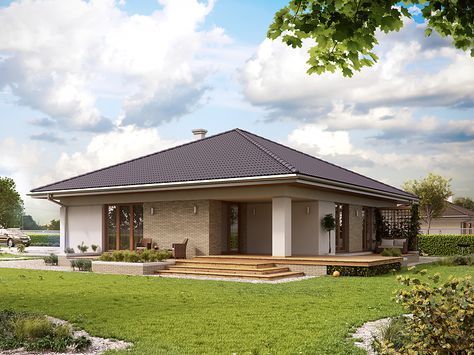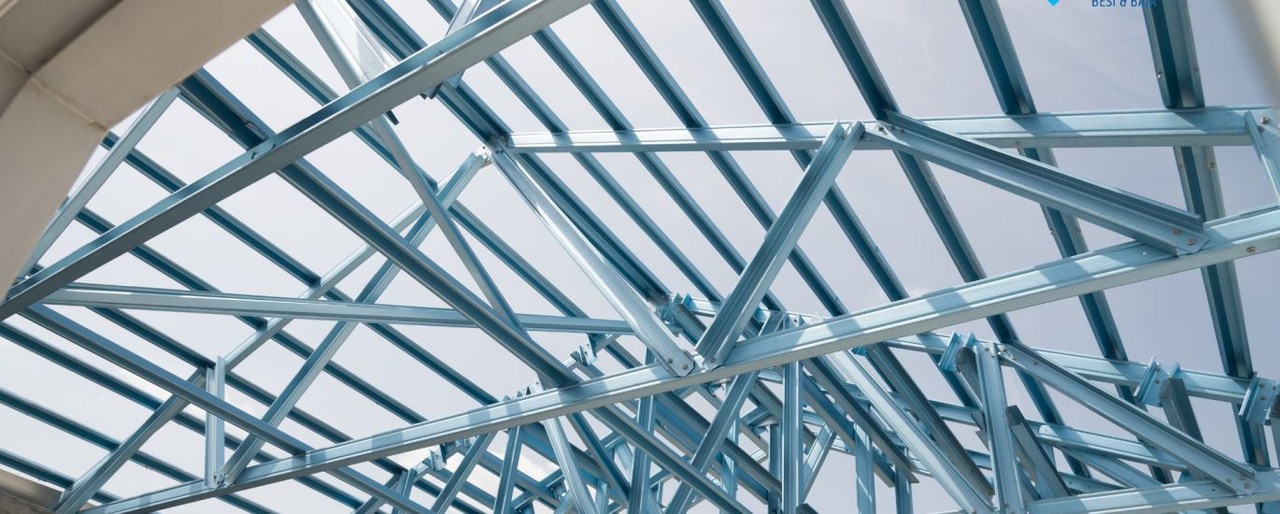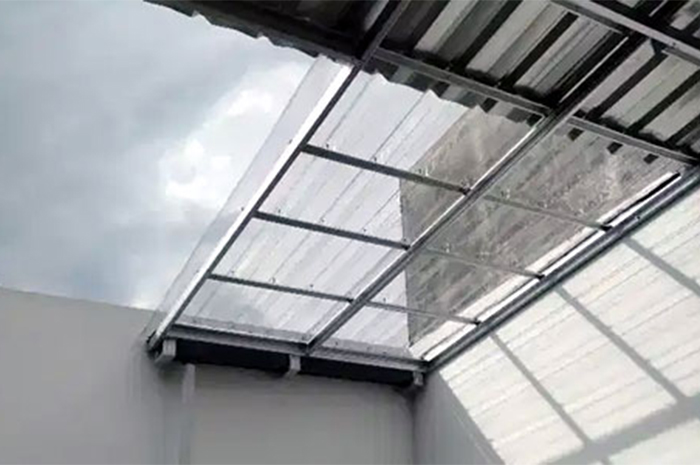Beranda > Artikel
The Shape and Type of the Roof of the House

The roof is part of a building which is located at the very top. The roof serves to protect the inside of the building from the weather and other objects that might interfere. Therefore, the roof must be able to provide comfort for its occupants from these disturbances such as rain, heat, wind, dust, and others. Planning the shape of the roof model must be taken into account and must receive special attention from the planner (architect). In addition to its shape, architects also need to consider the type of roof to be built as the artistic value of a building.
The roof generally consists of three parts, namely:
Roof covering, this section can come from various types of materials such as tile, concrete, metal tile, asbestos, sheet metal, fiber, etc.
The roof frame, can be made of wood, steel, aluminum, or concrete.
For ceilings, architects usually choose multiplex or gypsum materials with a wooden or aluminum frame.
There is also a roof where the roof covering and the roof truss are made into one part, made of concrete, so it is usually called non-concrete.
Roof Model Shape
The shape or model of roof construction varies according to civilization and technological developments and according to the architectural aspect. There are several types of roof models, namely:
1. Flat roof (flat truss)
Flat roofs can be an option for people who live in locations that are difficult to get wood materials. In addition, for people who live in narrow areas can also choose this flat roof as a form of roof of their house.
2. Gable roof (gable truss)
The gable roof is the simplest form of roof consisting of two roof slopes and one roof.
3. Roof shield (hip end truss)
This shield roof is one of the most common forms of roof used in Indonesia. The shape of this roof consists of four roof slopes, one roof, and four jurai roofs.
4. Mansard roof
This mansard roof displays a design as if the building has two roofs that look stacked or terraced. With a design that has a high aesthetic value, it is widely used in Europe, especially France. This type of mansard roof has four sides where there are two slopes on each side of the roof
5. Joglo roof (double pitch truss)
The joglo roof is the most common form of roof model used by traditional roofs with a half shield. The shape of this roof consists of four roof slopes, one roof, and four jurai roofs. At each slope there is a change in the angle of the roof slope, usually the bottom slope is 25 degrees and the top is 45 degrees.
6. Saw roof
Saw-shaped building roof designs are generally used for factory or industrial buildings. This steep roof design consists of two or more roof planes that have slope angles of 30 to 60 degrees. This tilt angle is useful for protecting workers and factory machinery from direct sunlight.
7. Dome roof
This dome roof is able to add a unique impression to the building. Dome roofs are often found in places of worship. The material commonly used is mild steel which is arranged one by one or concrete that can be formed.
8. Cone roof
This conical roof model might be a reference for building your house. The conical roof which has a tilt angle of more than 30 degrees is more identical to the castle roof in Hollywood films. This unique roof shape is often called a pyramid roof because it looks like a pyramid.
Roof Parts
- The edges of the roof are the edges of the boundary of the roof, usually this section is given a wooden lisplang.
- Nok (ridge) is the culmination of the two slopes of the roof which is then given a roof tile.
- Outer jurai (hip) is the outer meeting of two adjacent roof slopes which are then given a roof tile. Outer jurai is on the roof of the shield.
- The inner jurai (valley) is the inner meeting of two adjoining roof slopes which are then given beams, boards, and zinc gutters. The inner jurai appears when there is a child roof on the main roof.
- Overstek (overhang) is a roof sign measured from the edge of the roof to the outside of the wall.
- Gutter is part of the roof that serves to collect rainwater and disposed of where it has been planned. The types of gutters consist of various types, namely hanging gutters placed at the end of the roof, wall gutters that exist due to the meeting of the roof slope with vertical walls, deep guttering gutters, and hidden gutters found at the gable roof termination.
- Gording is a roof beam as a binder that serves to support the roof frame and connect the horses.
- The rafters / rafters are roof components that are located above the gording and become a holder for the battens.
- Reng is a roof component that serves to hold a tile or cover or other.
 Bahasa Indonesia
Bahasa Indonesia  Inggris
Inggris
 Bahasa Indonesia
Bahasa Indonesia  Inggris
Inggris
 The roof is part of a building which is located at the very top. The roof serves to protect the inside of the building from the weather and other objects that might interfere. Therefore, the roof must be able to provide comfort for its occupants from these disturbances such as rain, heat, wind, dust, and others. Planning the shape of the roof model must be taken into account and must receive special attention from the planner (architect). In addition to its shape, architects also need to consider the type of roof to be built as the artistic value of a building.
The roof is part of a building which is located at the very top. The roof serves to protect the inside of the building from the weather and other objects that might interfere. Therefore, the roof must be able to provide comfort for its occupants from these disturbances such as rain, heat, wind, dust, and others. Planning the shape of the roof model must be taken into account and must receive special attention from the planner (architect). In addition to its shape, architects also need to consider the type of roof to be built as the artistic value of a building.





